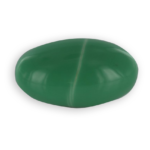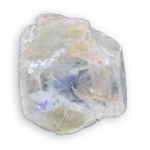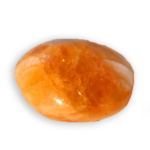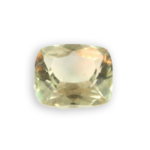
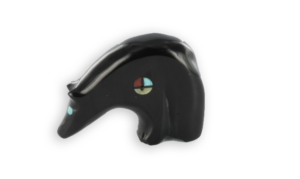
jet
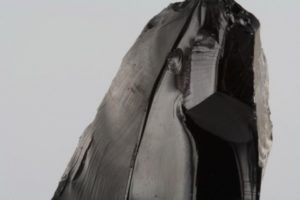
natural jet ( ignite ) from Syria
Detailed sheet
jet
This is an organic material, a black variety of lignite containing 70% of carbon, resulting from the coalification of wood under anaerobic conditions (without oxygen) and under strong pressure, it is a fossil gem.
Its name comes from old French “jayet” or “jaiet” or the name of a city in Turkey, “Gages” and was called “stone of wages”. There is a thin stratum recalling lineage in the wood fibers, it is soft to the touch.
In England, at the death of Prince Albert in 1861, Queen Victoria wore the jet as a sign of mourning, throughout England they imitated her and thus favored the use of jet as a stone of mourning.
It is sometimes called “black amber” because it is a fossil material but is not amber.

CHEMICAL CHARACTERISTICS
C
carbon, lignite, fossil charcoal, coal

PHYSICAL CHARACTERISTICS
Main color
black
Other colors
brown
deep black, sometimes with hints of brown and even blue
Color of streak
brown, black
Luster
silky
Hardness
2.5 to 4.0
Density
1.20 to 1.35
Cleavage
none
Fracture
conchoidal

OPTICAL PROPERTIES
Transparency
opaque
Refractive index
1.640 - 1.690
Double refraction
0.000
none
visible double refraction
No
Pleochroism
absent
Number of colors
1
Fluorescence
none

CRYSTALS PROPERTIES
crystals system
amorphous

OTHER INFORMATIONS
Astrological sign
Aries, Libra, Taurus, Virgo

APPROACHING GEMS
Exploited
sites
It is found in England (Whitby, Yorkshire), Spain (Asturias, Aragon), United States (Colorado, Utah, New Mexico), Germany (Swabia, Saxony, Württemberg), Poland (often with inclusions of pyrite), Russia, France (Aude, Bouches-du-Rhone).
use in jewelry
Known by the Angles who used it as jewelry (1500 BC.), The Romans who imported it from Anatolia (Turkey), the Spaniards who carved the statues of Saint Jacques de Compostela, used in Western Europe in the nineteenth and twentieth centuries to make jewelry of mourning, it is still used for making rosaries, crucifixes, cameos, intaglios, and some decorative items.
Daily care
and precautions
Fragile, fears the heat (it burns!), solvents, household products. To wash with pure water with a little soap, rinse and dry quickly away by wiping with a chamois.
imitations and
treatments
It’s mistaken with anthracite and is imitated by the glass “jet from Paris,” buffalo horn, vulcanized rubber (vulcanite), or plastic material.
The “candle-coal”, a lignite consisting mainly of spores and pollen, homogeneous and solid, worked in round acquiring brightness after polishing, is a substitute of jet.
Historical
healing properties
Tradition has it that Hercules worn a jet talisman.
Galen used it as a mixed lick as a patch against the swelling of the knees and as a healing. It would preserve from spells, harmful influences, negative cosmic forces, casting out demons and ensuring the victory over the enemies. The dying may bind him to find the path of Light easier (Summit chakra) associated with azurite, lapis lazuli, but being careful to keep at the feet some black tourmaline crystal (schorl), or o support an obsidian to return easily from this great journey (!).
It is said it would have let come in contact with the dead, but it was not advised to use it more than ten to fifteen continuously with the risk to fall into melancholy, sadness …
It could also have a fatal aspect, causing pessimism, misanthropy, melancholy, and that’s probably why it was long reserved for mourning jewelry.
The jet, bituminous material, burns easily and fumigating against epilepsy and menstrual pain were recommended by Dioscorides. It is burned in homes to prevent epidemics.
Venez visitez
notre site web
voillot-joaillier.fr
Lorem ipsum dolor sit amet, consectetur adipiscing elit. Ut elit tellus, luctus nec ullamcorper mattis, pulvinar dapibus leo.Lorem ipsum dolor sit amet, consectetur adipiscing elit. Ut elit tellus, luctus nec ullamcorper mattis, pulvinar dapibus leo consectetur adipiscing elit. Ut elit tellus, luctus nec.

